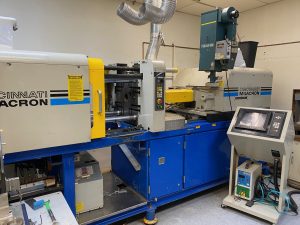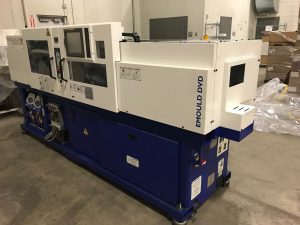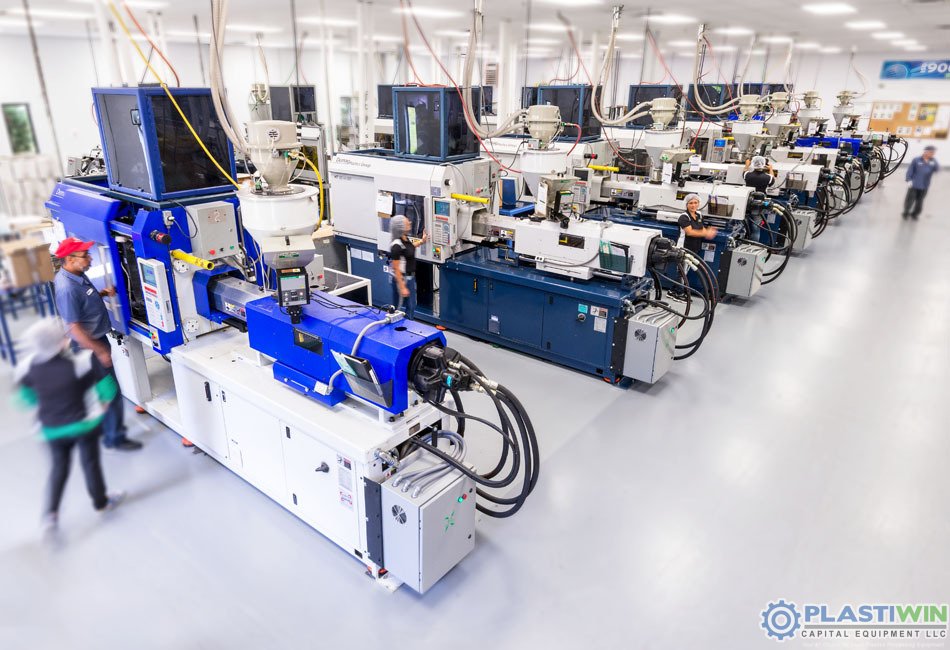A variety of manufacturing methods are used in the manufacturing of plastic products. such as injection molding machines. Plastics are extremely popular, so it’s important to pay attention to how they’re made. There are many different processes for manufacturing plastics, but two of the most popular ones are injection molding and extrusion. Since these techniques produce similar results, they are often pitted against each other. We discuss the differences between extrusion and injection molding in this post, how to choose the right one for your company, and how to find quality injection molding machines.
History of Injection Molding

The injection molding process involves the injection of molten plastic into a mold to form an object. Joseph Brahman invented this process in 1795. Before 1820, it was only patented on paper. The injection molding process was finalized in the 1930s after copper alloys were introduced in 1894. Compared to thermoplastic polymers, metal alloys are less suited to injection molding. Today, injection molding is extensively used in the plastics industry.
Process of Injection Molding Machines
Step-by-step, here’s how injection molding works:
- The pellets or granules are first placed in a hopper, leading to an area called the feed section.
- Plastic granules are compressed in the feed section. The heat from the friction causes the granules to melt, forming a thick liquid called a meld.
- The injector receives the meld from the feed section. There are many types of injectors available. The most common injector types are screw-driven, piston-driven, manual, and hydraulic.
- The molten material is injected into die cavities when the injector is activated. As the liquid material expands inside the die, it takes the shape of the cavity. When cooled, the material settles and solidifies in the mold.
- Die ejectors open the die when it has cooled and the desired product is ejected.
Injection molding can be used to produce almost any type of plastic product. The injection molding process can be used for continuous production as well as for one-off production. The products produced in this way include toys, chairs, baskets, and casings.
What are the Steps Involved in the Process of Extrusion Molding?
In extrusion molding, the process is as follows:
- Initially, plastic powder or plastic granules are inserted into the feeder.
- The screw-thread pattern allows for an even distribution of these granules from the feeder to the die. A heat jacket is applied to the outer casing of the feeder before it is headed. The heat melts the granules into a thick, consistent liquid.
- At the end of the feeder is a small cavity in the shape of the desired shape. The molten material is forced through the die cavity and extruded from its end.
- When the extruded part is cooled, the desired shape is formed and retained.
Extrusion molding is only suitable for manufacturing seamless products. This technique is used to manufacture continuous products such as pipes, tubes, and T-sections.
Besides the differences in the manufacturing process, injection vs extrusion molding can be differentiated based on the benefits and functions they provide.
Injection Molding vs Extrusion Molding:
- Injection molding is best for making three-dimensional products, while extrusion molding is best for making two-dimensional products.
- Plastic extrusion is a relatively new manufacturing process compared to injection molding.
- By extruding, atypical cross-sections can be formed. Injection molding may require elaborate dies to achieve the same result.
- Injection-molded products are stronger than extruded ones.
- Injection molding is considered expensive due to the high cost of dies. However, its efficiency makes it the most widely used method.
Tips For Finding Injection Molding Machines

Buying injection molding machines can be stressful. Their prices can be quite high so you want to make sure you’re buying a product that will work.
Ensure that the electrical parts and controls of used machines are in working order by asking to see them run or at least plugged in. You should also obtain original documentation. The rough rule to follow is to find out how much a similar new machine costs: Pay one-third of it for the machine, allow another third for repairs, missing parts, etc., and the remaining third represents the gain, as well as the advantage of being in stock. Any cheaper product may be too old (there are exceptions, such as distress auctions) and anything more expensive should be a late model that is up for sale.
READ MORE: Learning About Plastic Processing Equipment

